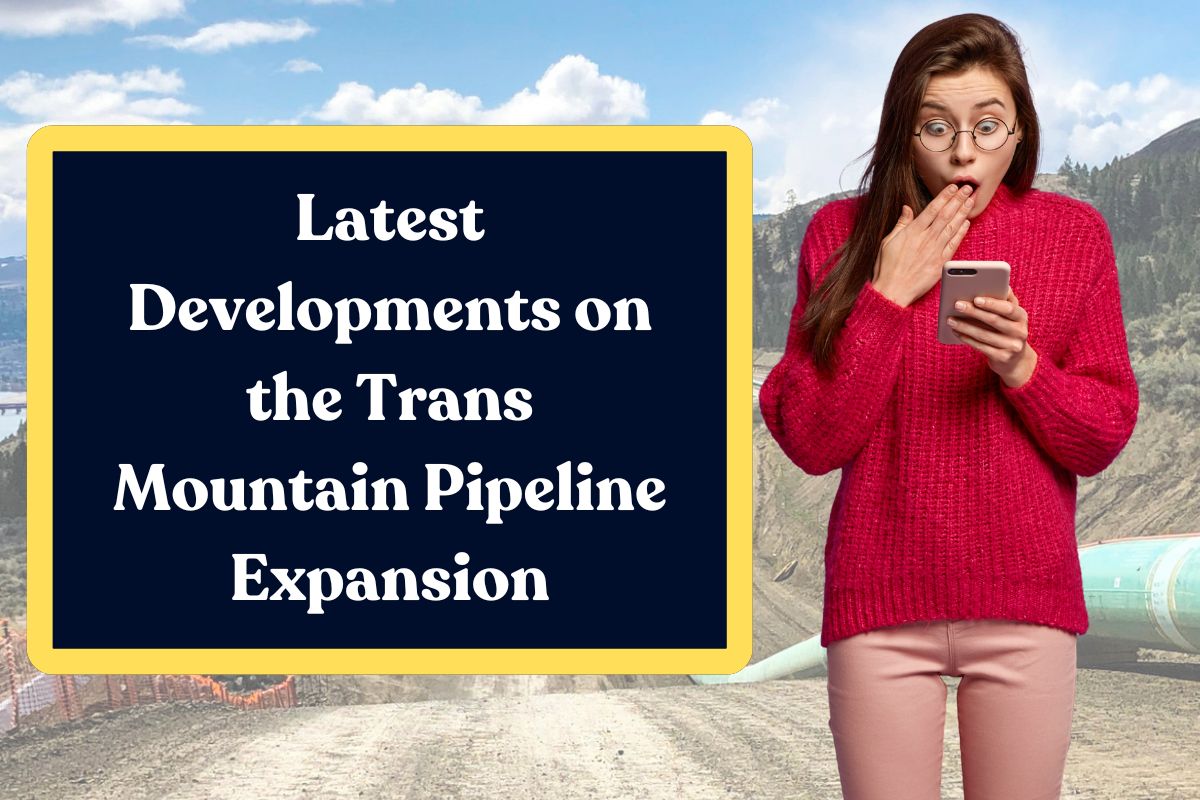Many lawsuits challenging proposed oil and gas pipelines have filed up in last many years. Even in cases when pipeline advocates have won, pipeline projects are often canceled due to the expense and duration of drawn-out legal proceedings.

Furthermore, courts have often viewed the sudden reversals of pipeline policy brought about by presidential changes with distrust. To combat pipelines, environmentalists started collaborating with social justice organizations and indigenous rights movements in the 2000s.
Various direct and indirect effects on the environment might result from pipelines, subterranean leaks, ruptures, and explosions are examples of direct environmental effects linked to pipelines, which may pollute nearby areas and seep into streams.

As the oil and gas that pipelines carry are burned, dangerous pollutants like carbon dioxide and methane are released into the atmosphere, exacerbating the effects of climate change. This is one of the indirect environmental effects of pipelines. Many regions, communities are impacted by the construction of these pipelines.
Lawsuits and Court Rulings Impacting Pipeline Approvals
Due to legal challenges and the requirement for environmental studies, lawsuits and court decisions can have significant impacts on the pipeline project approval process, leading to delays or even project cancellations.

These difficulties often include property rights, environmental issues, and disagreements over jurisdiction between state and federal courts. The following highlights the impact of various court cases on pipeline approvals:
Environmental Reviews and Litigation
- Environmental Impact Statements (EIS): To review potential environmental effects, pipeline projects often call for thorough environmental evaluations, which include the creation of an EIS.
- Legal Challenges to EIS: Critics usually argue that these EISs are insufficient because they do not sufficiently examine possible effects on wildlife, water resources, or greenhouse gas emissions.
- Impact of Court Decisions: If courts determine that the EIS is insufficient or that proper procedures were not followed, they have the authority to reject pipeline approvals.
- Ruling by the Supreme Court: The Economic Times legal claims a recent Supreme Court ruling limited the scope of environmental reviews for large infrastructure projects, which might expedite permits.

Property Rights and Eminent Domain
- Land Acquisition: Pipeline companies often have to invoke eminent domain, which permits them to appropriate private property for public use in exchange for fair compensation, to acquire land from private landowners.
- Eminent Domain Legal Challenges: Landowners may contest the exercise of eminent domain by claiming that the compensation provided is insufficient or that the pipeline project does not serve a legitimate public purpose.
- Carbon Pipelines: The difficulties experienced by carbon capture pipelines, where companies are attempting to use eminent domain for property acquisition, were brought to light by a recent SC decision.
Jurisdictional Disputes:
When projects cross state boundaries, there may be disagreements about whether state or federal courts have authority over legal claims related to pipelines. For example, the Michigan Line 5 pipeline issue, which is presently pending before the Supreme Court, concerns the question of whether a lawsuit to close the pipeline should be filed in a state or federal court.

Impact on Project Timelines and Costs
- Delays: Legal issues have the potential to cause major delays in pipeline construction, raising project costs and perhaps resulting in project cancelation.
- Increased Costs: The total cost of a pipeline project can be significantly increased by legal fees, court expenses, and the requirement to resolve environmental issues brought up in legal cases.
- Project Cancellation: Due to the huge expenses and time commitments involved in cases, legal challenges have occasionally resulted in the cancellation of pipeline projects.
Regulatory Changes and Political Factors
- Presidential Transitions: As presidents change, pipeline policy may also change, and courts may examine these changes.
- Regulatory Approvals: Pipeline regulatory approvals are handled by a number of federal and state authorities, and their choices may be influenced by legal challenges.
- Opinion of the Public: Public resistance to pipelines may also have an impact on legislative and regulatory choices.
What happens after a change in Administration?
A new presidential administration often brings with it a shift in the political priorities of agencies. If a president of the opposing party is elected, the policies and beliefs of the departing president may be completely replaced by those of the new administration.
To promote the objectives of the incoming president, models, scientific procedures, and conceptions are often reevaluated and replaced with alternative frameworks but unlike the president, an administrative agency cannot lawfully shift its path so swiftly and unfairly.
An incoming president often signs a number of executive orders to begin their tenure, often reversing and even doing away with the executive orders and other presidential policymaking instruments of a preceding president.
Based on the policies the incoming president wants to implement, these executive orders may provide administrators and department heads precise instructions. A new or revised agency decision-making procedure, which can result in the agency coming to a different conclusion than its previous conclusions, might be requested by the executive.
When the president signs the order, their work is done, but the agency’s task is only getting started. Regarding energy and pipeline development, the administration’s associated political party often has a significant impact on the president’s stance.






